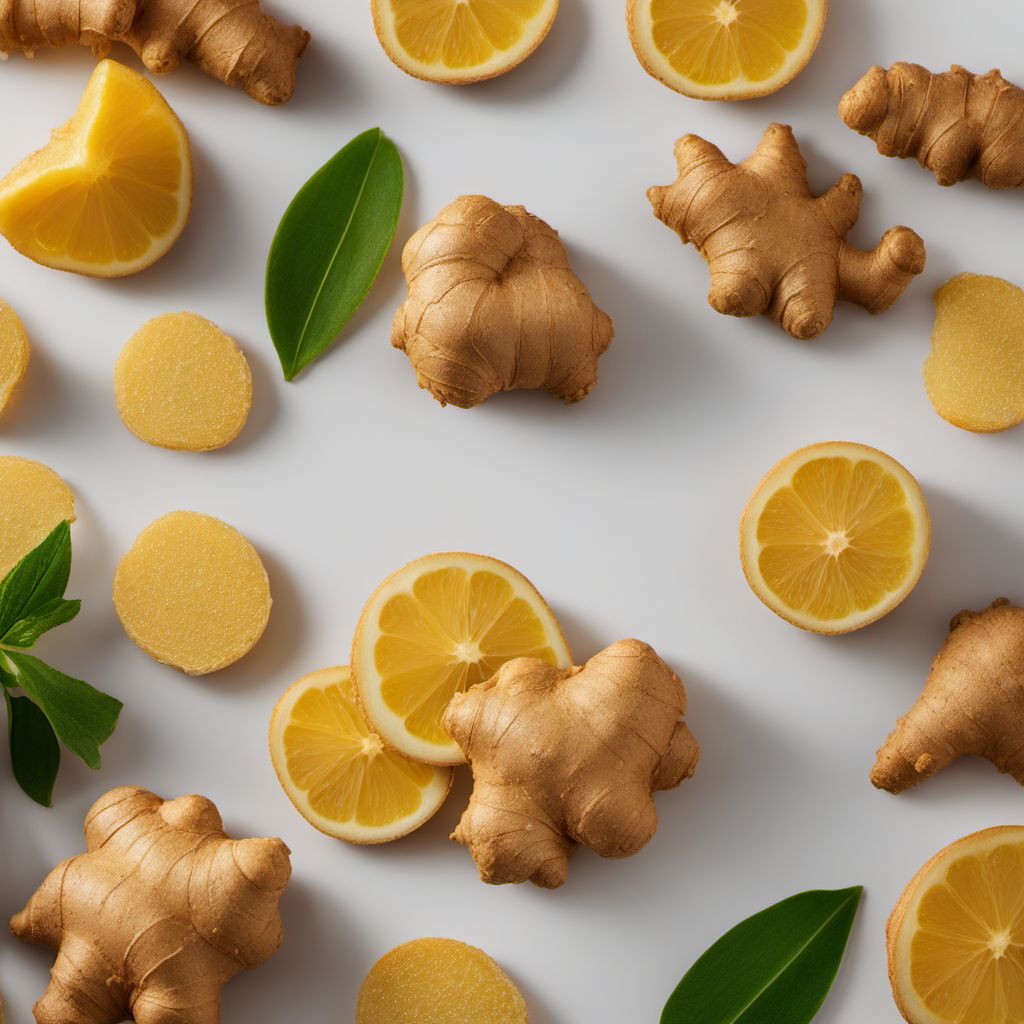
Ingredient
Ginger flavour
The Zing of Ginger
Ginger flavor is derived from the root of the ginger plant, known for its knobby appearance and pale yellow flesh. It possesses a spicy, warm, and slightly sweet taste, with a pungent aroma that can uplift any dish. Whether used fresh, dried, or in powdered form, ginger flavor adds a zing to both sweet and savory recipes, making it a versatile ingredient in various cuisines around the world.
Origins and history
Ginger has a long history of cultivation and use, dating back thousands of years in Asia. It originated in Southeast Asia and was later introduced to India, China, and other parts of the world. Ginger has been highly valued for its medicinal properties and culinary versatility. It played a significant role in ancient trade routes, with its demand spreading across different cultures. Today, ginger is widely used in Asian, Indian, Middle Eastern, and Western cuisines, adding a distinct flavor to dishes like stir-fries, curries, baked goods, and beverages.
Nutritional information
Ginger flavor is low in calories and fat, while providing essential nutrients such as vitamin C, magnesium, and potassium. It is also known for its potential anti-inflammatory and digestive benefits.
Allergens
May cause allergic reactions in some individuals, particularly those with a sensitivity to ginger. It is advisable to consult a healthcare professional if you have any concerns or experience adverse effects after consuming ginger flavor.
How to select
When selecting ginger flavor, opt for products that are made from high-quality ginger root. Look for brands that use natural ingredients without any artificial additives or preservatives. Fresh ginger root should be firm, smooth, and free from mold or soft spots. The skin should be thin and easily scraped off with a spoon. Avoid ginger that appears wrinkled or has a strong, unpleasant odor.
Storage recommendations
To maintain the freshness of ginger flavor, store it in a cool, dry place away from direct sunlight. Fresh ginger root can be stored in the refrigerator for up to three weeks, while dried or powdered ginger flavor should be kept in airtight containers in a pantry or cupboard.
How to produce
Ginger can be grown at home by planting ginger root in a pot or garden bed with well-draining soil. It requires warm temperatures, partial shade, and regular watering. With proper care, ginger plants can produce fresh ginger root within a few months.
Preparation tips
Ginger flavor can be used in a variety of ways in the kitchen. It adds a zesty kick to stir-fries, soups, and marinades, enhancing the overall flavor of the dish. Ginger flavor is also commonly used in baking, particularly in gingerbread, cookies, and cakes. Additionally, it is a key ingredient in many traditional beverages like ginger tea, ginger ale, and ginger-infused cocktails.
Culinary uses
Ginger flavor is widely used in Asian, Indian, Middle Eastern, and Western cuisines. It is a common ingredient in dishes like stir-fries, curries, soups, baked goods, and beverages.
Availability
Asia, India, China, Middle Eastern countries, Western countries
More ingredients from this category » Browse all
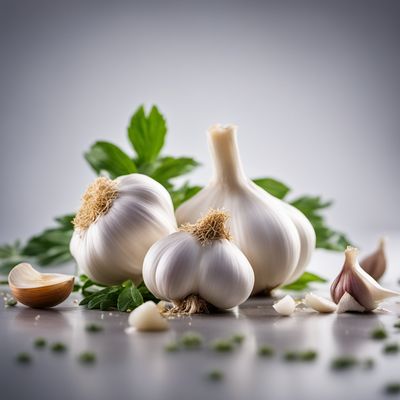
Herb & garlic flavour
Aromatic Harmony: Unveiling the Magic of Herb & Garlic Infusion
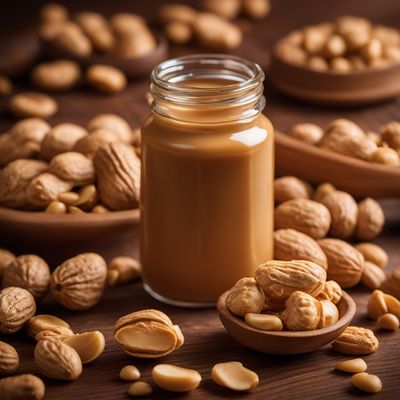
Peanut butter flavour
Nutty Bliss: Exploring the World of Peanut Butter Flavor
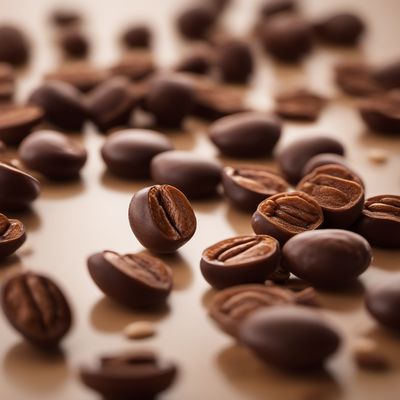
Carob flavouring
Carob Flavouring: A Natural Alternative

Mocca flavour
"The Perfect Blend: Unveiling the Magic of Mocca Flavor"

Rose flavour
The Enchanting Essence of Roses

Guava flavour
Tropical Delight: Exploring the Exquisite Guava Flavor

Raspberry flavour
The Luscious Raspberry Flavour

Raffaello flavour
The Delicate Bliss: Raffaello Flavour

Whiskey flavour
"The Enchanting Essence of Whiskey Infusion"

Bubblegum flavour
"Sweet and Playful: Exploring the World of Bubblegum Flavor"
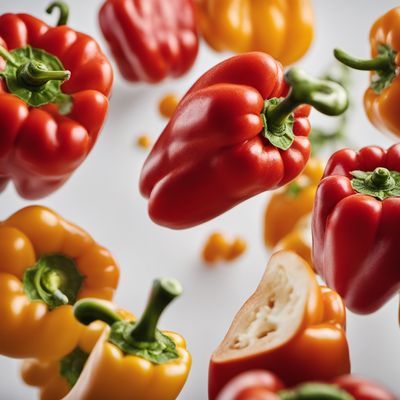
Capsicum flavour
The Fiery Essence: Capsicum Flavor
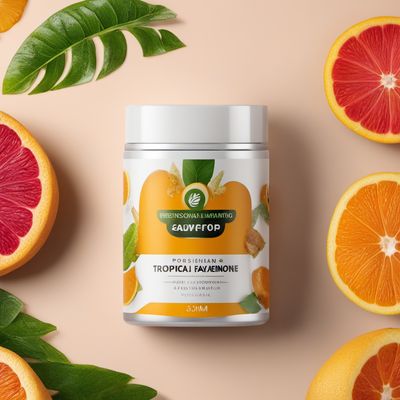
Tropical flavour
Exotic Delights: Unleashing the Vibrant Essence of the Tropics